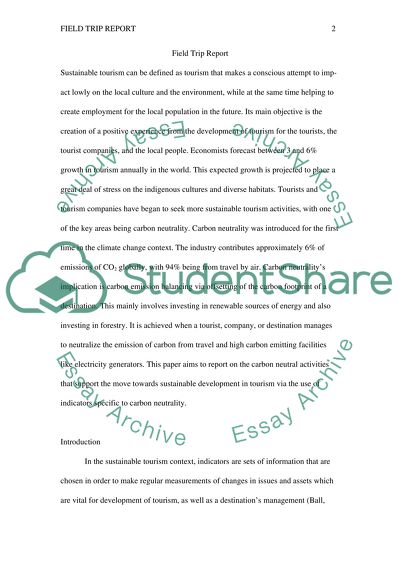Cite this document
(“Field trip report Research Paper Example | Topics and Well Written Essays - 2000 words”, n.d.)
Retrieved from https://studentshare.org/tourism/1449793-field-trip-report
Retrieved from https://studentshare.org/tourism/1449793-field-trip-report
(Field Trip Report Research Paper Example | Topics and Well Written Essays - 2000 Words)
https://studentshare.org/tourism/1449793-field-trip-report.
https://studentshare.org/tourism/1449793-field-trip-report.
“Field Trip Report Research Paper Example | Topics and Well Written Essays - 2000 Words”, n.d. https://studentshare.org/tourism/1449793-field-trip-report.


